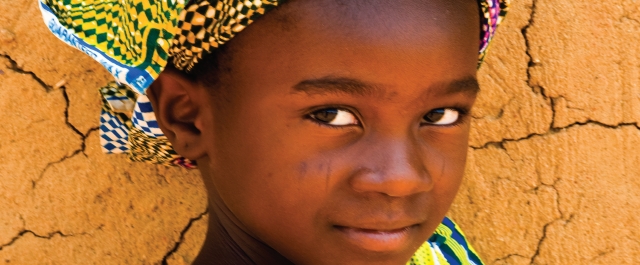
"The Sustainable Development Goals contain a specific target calling for an end to FGM. When this practice is fully abandoned, positive effects will reverberate across societies as girls and women reclaim their health, human rights and vast potential." — UN Secretary-General
Female genital mutilation (FGM) comprises all procedures that involve altering or injuring the female genitalia for non-medical reasons and is recognized internationally as a violation of the human rights of girls and women.
It reflects deep-rooted inequality between the sexes, and constitutes an extreme form of discrimination against women and girls. The practice also violates their rights to health, security and physical integrity, their right to be free from torture and cruel, inhuman or degrading treatment, and their right to life when the procedure results in death.
To promote the abandonment of FGM, coordinated and systematic efforts are needed, and they must engage whole communities and focus on human rights and gender equality. These efforts should emphasize societal dialogue and the empowerment of communities to act collectively to end the practice. They must also address the sexual and reproductive health needs of women and girls who suffer from its consequences.
UNFPA, jointly with UNICEF, leads the largest global programme to accelerate the abandonment of FGM. The programme currently focuses on 17 African countries and also supports regional and global initiatives.
Theme 2016 "Achieving the new Global Goals through the elimination of Female Genital Mutilation by 2030."
The 17 goals – known as the Sustainable Development Goals, or simply the Global Goals – aim to transform the world over the next 15 years. They build on the success of the Millennium Development Goals, global objectives adopted in 2000 that have helped to improve the lives of millions of people around the world.
UNFPA is working with governments, partners and other UN agencies to directly tackle many of these goals – in particular Goal 3 on health, Goal 4 on education and Goal 5 on gender equality – and contributes in a variety of ways to achieving many of the rest.
Key Facts:
- Globally, it is estimated that at least 200 million girls and women alive today have undergone some form of FGM.
- If current trends continue, 15 million additional girls between ages 15 and 19 be subjected to it by 2030.
- Girls 14 and younger represent 44 million of those who have been cut, with the highest prevalence of FGM among this age in Gambia at 56 per cent, Mauritania 54 per cent and Indonesia where around half of girls aged 11 and younger have undergone the practice.
- Countries with the highest prevalence among girls and women aged 15 to 49 are Somalia 98 per cent, Guinea 97 per cent and Djibouti 93 per cent.
- FGM is mostly carried out on young girls sometime between infancy and age 15.
- FGM cause severe bleeding and health issues including cysts, infections, infertility as well as complications in childbirth increased risk of newborn deaths.
- FGM is a violation of the human rights of girls and women.

